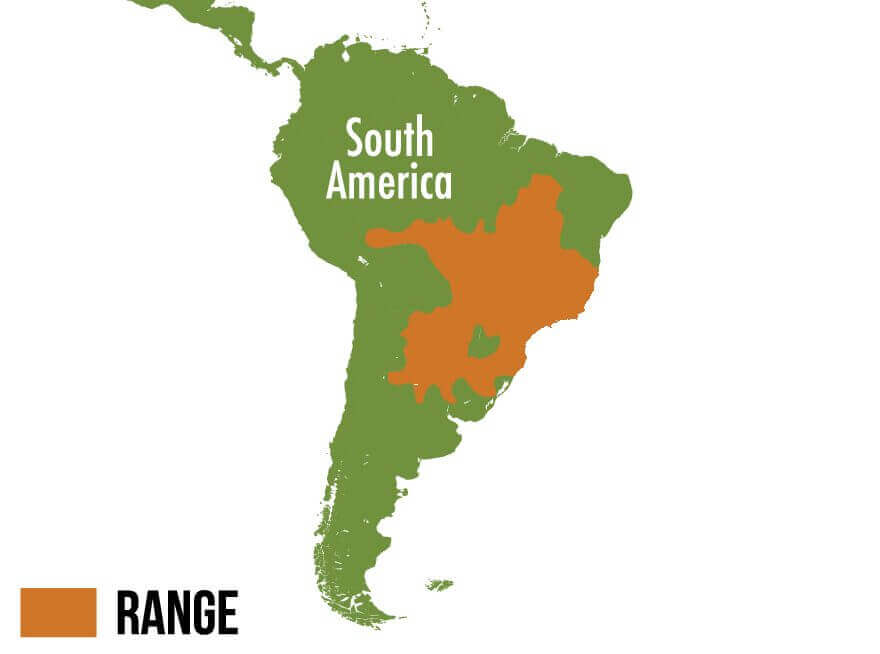Maned Wolves
Did you know? Maned wolves are wolves in name only. They are truly in a class all their own.
Lucky the Maned Wolf Going On a Walk with Keeper Rachel
LEFT IN THE WILD
maned wolves born at the EWC
Meet Our Maned Wolves
When you think of maned animals, you probably think of a lion or a horse. Maned wolves are just that, tall, reddish wolves with beautiful black manes along the back of their necks – except for one small detail. They’re not exactly wolves.
The maned wolf is a member of the Family Canidae (think “canine” or “dog family”) which is related to wolves, foxes and other canids. They are not true wolves but are a distant relative and are actually more closely related to South American bush dogs. They more closely resemble a giant fox, which earned them another nickname “fox on stilts” for their leggy build and fox-like coloration and features.
Wild About Maned Wolves
A Wolf Worth Howling About – Even if They Don’t
“I can tell you why wolves howl. They are communicating to their pack. Maned wolves do not howl. They ‘roar bark,’ which is a deep vocalization. Maned wolves communicate to potential mates—maned wolves do not travel in packs and are solitary.”
Members Enjoy a Zoolife Livestream Subscription
With your annual Endangered Wolf Center membership, you can see Lucky and Caido’s antics 24/7 and capture photos and video clips to show the world! Chat with other animal lovers, expand your knowledge, and see what our animals do when our keepers aren’t around.
Adopt a Maned Wolf Pack
As certified members of the Association of Zoos and Aquariums, the Endangered Wolf Center plays a critical role in the Species Survival Plan and SAFE (Saving Animals From Extinction) Program for maned wolves through managed breeding, behavioral and reproductive research, and education. Your symbolic adoption helps make all of this possible and includes a special adoption package.



